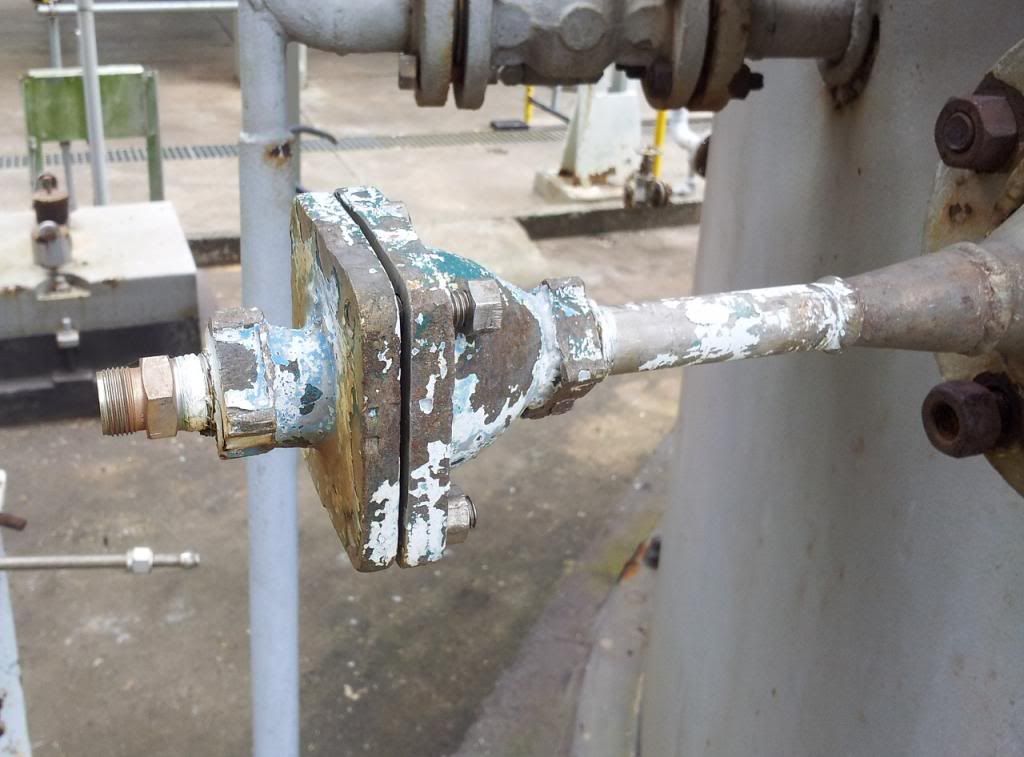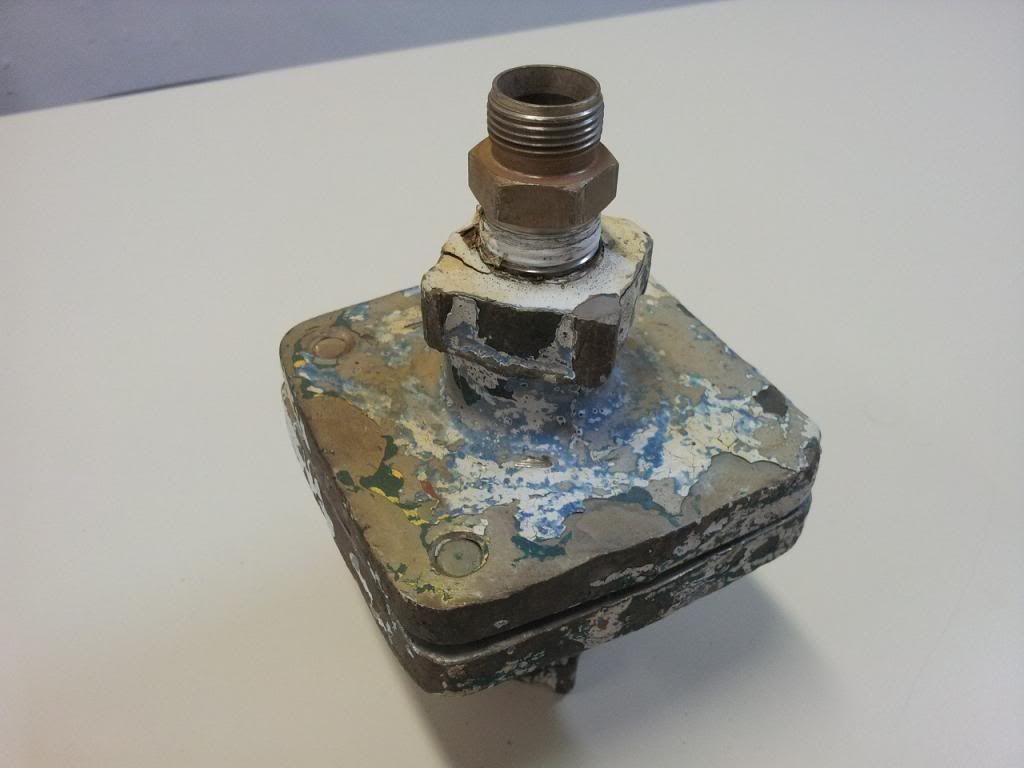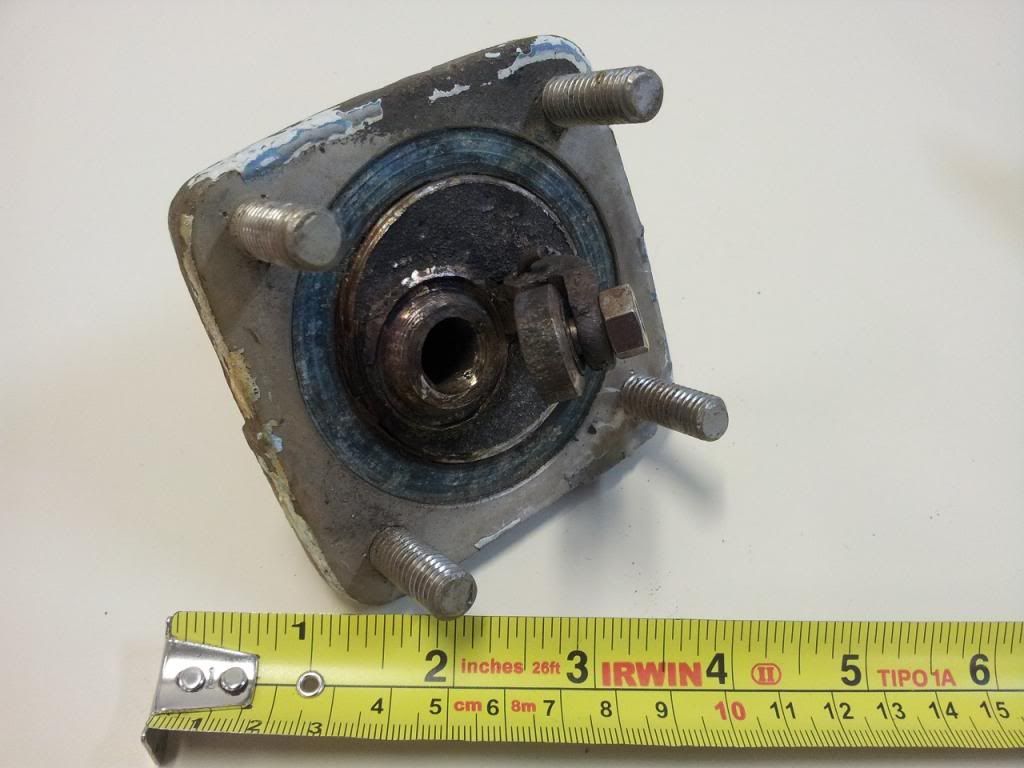GabrielNogueira
Chemical
- Mar 27, 2014
- 2
Hi,
Was I looking which type of check valve was being used in some existing systems, on the lines of N[sub]2[/sub] for inertization.
And I came across this strange body Check Valve.
Take a look at the photos.
What valve is this, what would be its description?







Was I looking which type of check valve was being used in some existing systems, on the lines of N[sub]2[/sub] for inertization.
And I came across this strange body Check Valve.
Take a look at the photos.
What valve is this, what would be its description?







